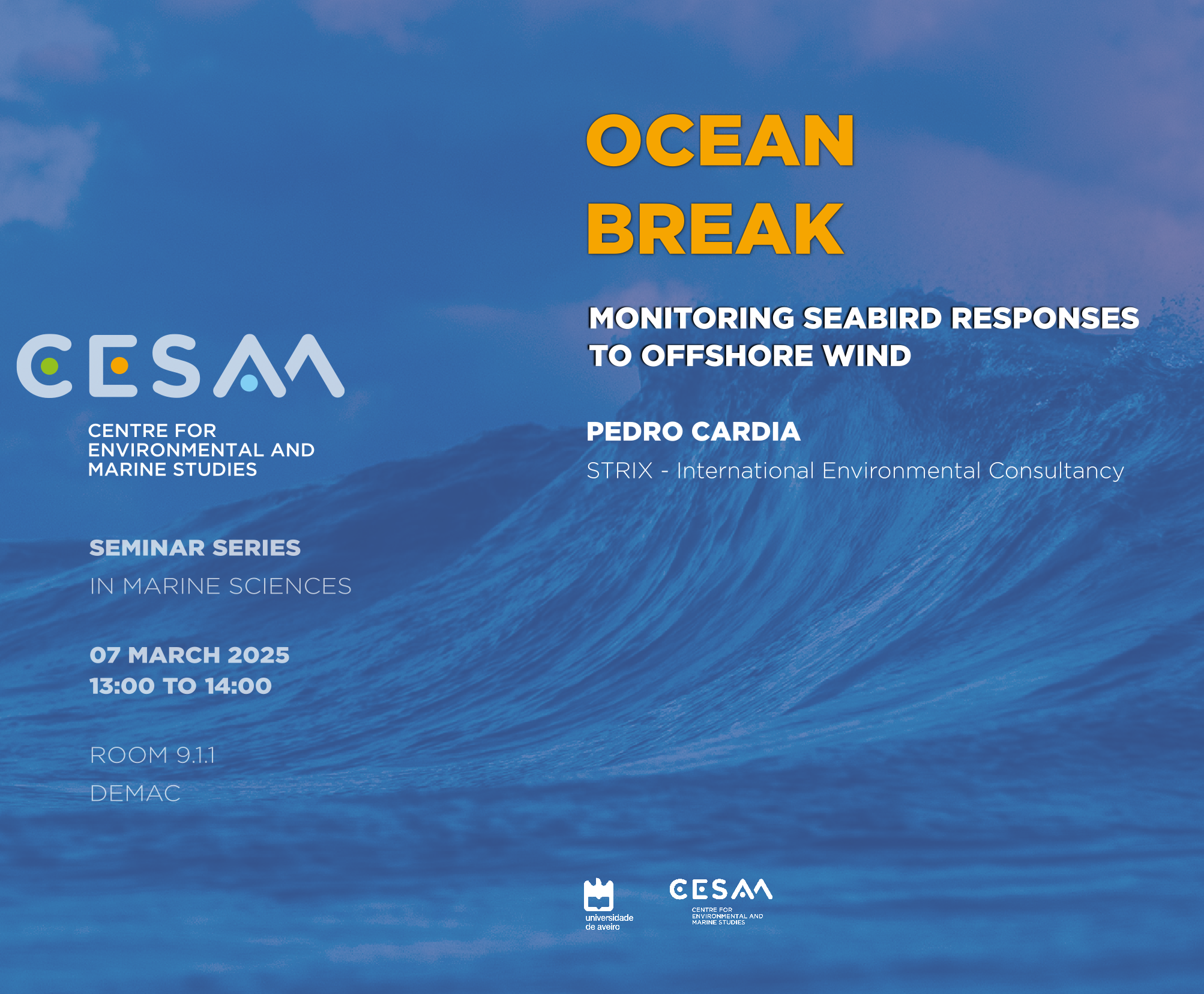
Pedro Cardia (STRIX – International Environmental Consultancy)
The expansion of offshore wind energy into deeper waters presents new opportunities and challenges for seabird monitoring. This presentation examines an innovative monitoring programme implemented at a floating wind project in the eastern Atlantic, designed to assess seabird responses to wind farm infrastructure.
Between 2021 and 2023, a horizontal BirdTrack radar system was deployed on a floating wind platform to characterise avian flight movements, including direction, speed, and location. The radar system employed a high-sensitivity tracking approach, with post-processing and machine learning-based classification to filter noise and enhance data reliability. Complementary observer-based surveys were conducted using the European Seabirds at Sea (ESAS) protocol, covering multiple transects within and outside the wind farm area. These surveys provided independent insights into species composition, abundance, density, behaviour, and interactions with wind structures.
The combined radar and ESAS datasets enabled a comprehensive characterisation of seabird activity across the annual cycle. Both methodologies recorded peak activity during migration periods, with lower activity during the breeding season. Flight direction patterns were consistent across both methods, revealing a dominant northward migration in spring and an even stronger southward movement post-breeding. These findings highlight key differences in seabird phenology between the eastern Atlantic and regions such as the North Sea, where breeding-season densities are higher.
The results confirm that integrating radar-based tracking with ESAS surveys provides a robust framework for seabird monitoring at floating offshore wind sites. Radar offers continuous data collection, including nocturnal movements, while ESAS provides critical species identification and density estimates. Together, these methods enhance the accuracy of flight direction data and offer a more comprehensive understanding of seabird interactions with floating wind farms.